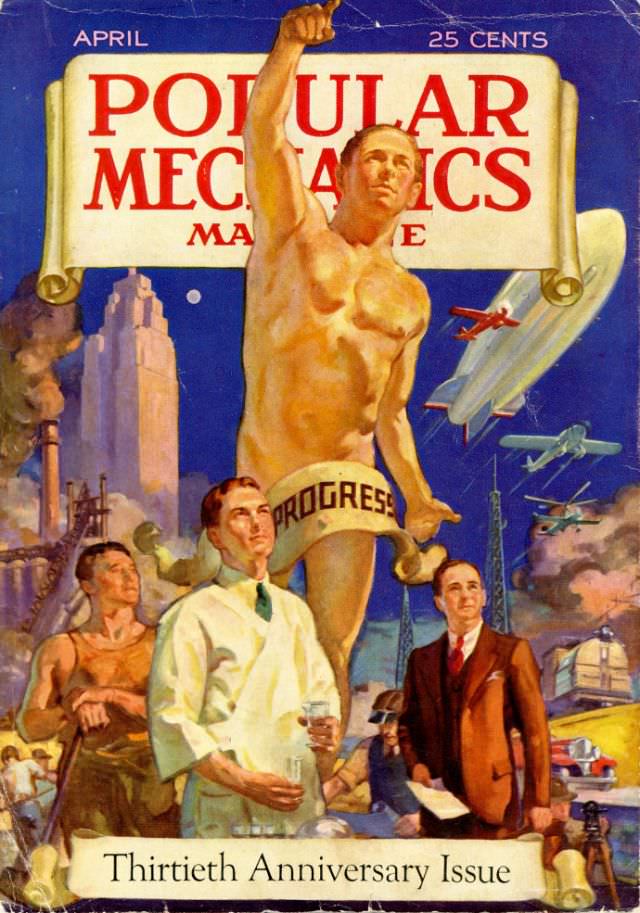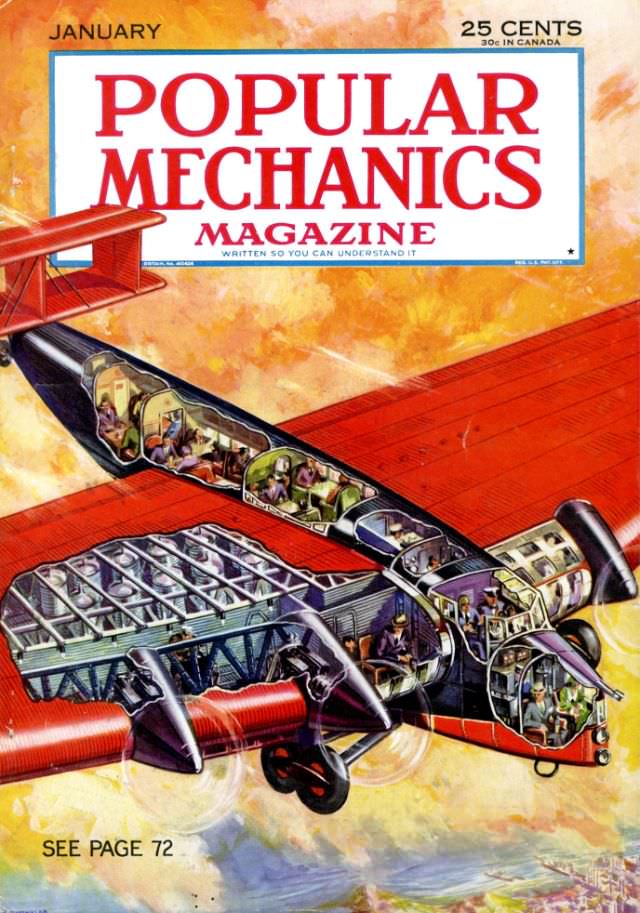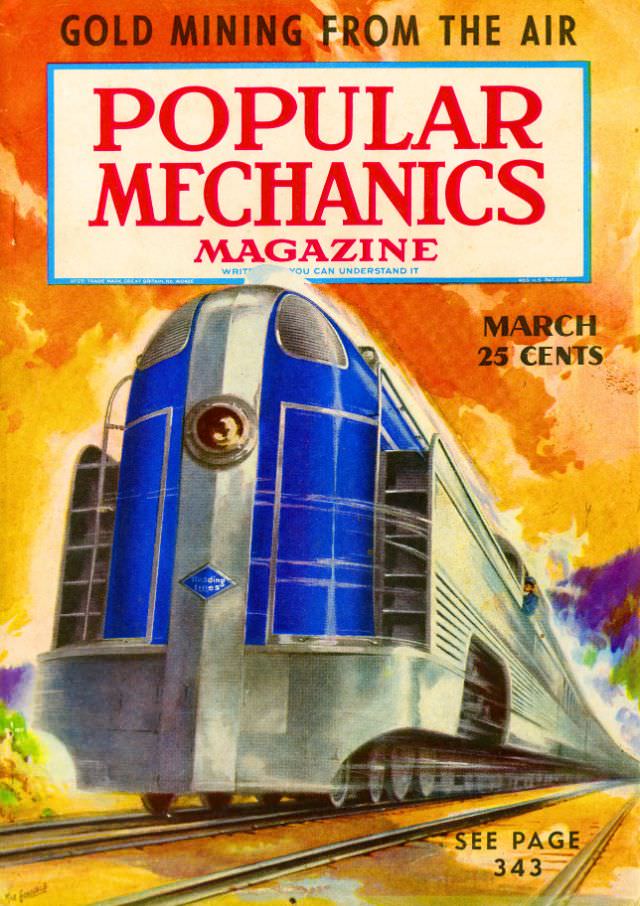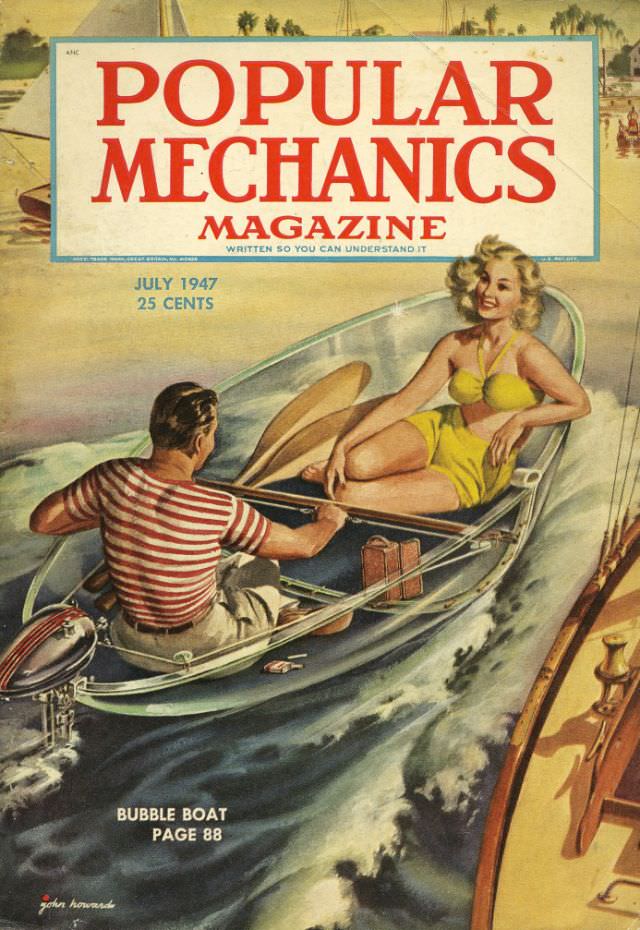If there’s one magazine that has continuously celebrated the marvels of science and technology, it’s Popular Mechanics. This magazine, fondly known as PM or PopMech, is a beloved staple for anyone with an interest in everything from cars to gadgets, and it has always been much more than just a monthly publication. The vintage cover photos from the 1930s and ’40s, in particular, are a fascinating journey through time and a testament to the ever-evolving world of technology.
Founded in 1902 by Henry Haven Windsor, Popular Mechanics was created with the promise of being a magazine “written so you can understand it.” This philosophy was mirrored in its cover designs. In the 1930s and ’40s, the covers of PM were stunning in their simplicity, yet remarkably detailed and illustrative.
Each issue was a visual celebration of the ingenuity and innovation of the time. Cars, planes, tools, and electronics, which were rapidly evolving industries in those decades, often featured prominently on the covers. The artistic representations were not only vibrant and engaging, but they also captured the spirit of discovery and progress that defined the era.
The vintage cover from a 1932 issue, for example, portrayed a striking image of an engineer, tools in hand, working on a sleek and modern train engine. It’s an evocative snapshot of the era’s industrial progress.
In another memorable 1945 cover, a family is depicted setting up their first home television set – a nod to the dawn of the new era of electronics and mass communication. The expressions of joy and wonder on their faces encapsulate the excitement of that technological breakthrough.
These covers are more than just captivating artistry; they are a visual history lesson. They highlight the significant technological advancements of the time and reflect societal changes, as people embraced new technologies and adjusted to a rapidly changing world.
But it’s not just the depiction of machinery and inventions that make these covers special. It’s the way they reflect the ethos of Popular Mechanics as a magazine committed to demystifying science and technology. The covers, like the articles within, were designed to spark curiosity, inspire imagination, and foster a deeper understanding of how things work.










































